To have the first offshore wind power project
At the recent Green Economy Forum and Exhibition 2024, Mr. Bruno Jaspaert, Chairman of the European Chamber of Commerce in Vietnam (EuroCham), emphasized: “European businesses are facing difficulties in implementing the first offshore wind power projects. To be more precise, everything is only at the planning stage on paper, not yet implemented in reality”. According to Mr. Jaspaert, the development and construction time of an offshore wind farm usually takes 6-7 years, of which the first 3-4 years are for project completion and finance, followed by at least 3 years of construction. This means that if we want to reach the target of 6,000 MW of offshore wind power capacity by 2030, the first projects must be implemented in 2027.
To achieve this, Mr. Jaspaert suggested that Vietnam should quickly complete the legal framework for offshore wind power, establish clear support mechanisms and ensure the rights of all parties involved. Specifically, he emphasized that all licenses must be ready and all obstacles must be resolved within the next 6 months to keep up with progress. In addition, information exchange and coordination between relevant ministries and sectors also need to be improved to limit the current "frozen" situation.
Illustration photo.
The key to attracting international investment
In its latest report, the Ministry of Industry and Trade said that investment in new renewable energy sources, such as offshore wind power, has higher investment and electricity production costs than traditional power sources. To ensure the feasibility of the projects, the Draft Law on Electricity (amended) is considering special preferential policies such as land rent exemption, tax reduction and incentives on the rate of ensuring the mobilization of minimum annual electricity output.
Mr. Phan Xuan Duong, an independent energy consultant, believes that these policies are the right direction. However, he also warned: “Without sufficiently attractive incentive policies, foreign investors will not be interested in this market, because the initial costs are too high and the capital recovery period is long.” Lessons from Taiwan (China) and developed countries on offshore wind power have shown that the governments of these countries always have strong support policies for the early stages of implementation, helping to minimize risks and create momentum for the development of this new industry.
One of the key strategies that Vietnam can learn from is the approach of international cooperation with experienced partners. Mr. Mark Hutchinson, Chairman of the Southeast Asia Working Group of the Global Wind Energy Council (GWEC), agrees with the idea of allowing Vietnamese state-owned enterprises to cooperate with international companies in the first pilot projects. “International partners not only bring knowledge, experience and technology but also financial support and supply chain support. In contrast, domestic partners have the advantage of understanding the law, culture and politics,” Mr. Hutchinson shared.
Mr. Jaspaert also added that the experience from Denmark and the UK shows that the participation of foreign companies helps ensure the sustainability of projects, helping Vietnam reduce financial and technical risks. “Vietnam urgently needs to build a transparent and clear legal framework and support policies for the offshore wind industry,” he emphasized.
Investment divergence and pilot mechanism
Mr. Tran Ho Bac – Deputy General Director of Vietnam Oil and Gas Technical Services Corporation (PTSC) suggested that Vietnam could refer to Taiwan’s approach in developing offshore wind power. Accordingly, PTSC proposed to apply the offshore wind power development model through three stages: Pilot, State support and free development under the competition mechanism.
The first step is the pilot phase, allowing Vietnam to test the offshore wind power model with a number of small projects, thereby drawing practical lessons. Once there are positive results, the State can increase support through preferential policies, financial support and risk sharing with businesses. The final stage is when the market has developed and become competitive, the projects will move to a public and transparent bidding mechanism. When the market is competitive, the State only needs to play a regulatory role.
Mr. Phan Xuan Duong, an independent energy consultant, also emphasized: “There needs to be pioneering projects to draw lessons and pave the way for other projects. To do this, it is necessary to assign experienced state-owned corporations such as the Vietnam Oil and Gas Group (Petrovietnam) to pilot the implementation.”
Offshore wind power base fabrication site at PTSC Vung Tau Port.
Sharing international experience in implementing offshore wind power projects, PTSC Deputy General Director Tran Ho Bac proposed that there should be policies on investment phases, increased decentralization, decentralization, policies on sea area allocation, land allocation, etc. In particular, PTSC representative also proposed a policy to prioritize offshore wind power production for export. This will not only help Vietnam solve the problem of high electricity prices of renewable energy but also achieve economic and environmental goals and ensure maritime security. However, to do this, careful preparation of power transmission infrastructure, as well as international agreements to expand export markets, is needed.
Investing for the future
Currently, the Draft Law on Electricity (amended) devotes a chapter to renewable energy, however, according to the assessment of National Assembly Delegate Thach Phuoc Binh, Deputy Head of the National Assembly Delegation of Tra Vinh Province, this Draft has not yet mentioned the fund source for developing renewable energy projects. "Should this Law institutionalize the development capital source, build a specialized renewable energy development fund from many sources?", Mr. Thach Phuoc Binh proposed.
A dedicated fund will provide long-term support for renewable energy projects, especially those with high initial investment and long payback periods such as offshore wind power. The establishment of this fund will not only help reduce risks for investors but also help Vietnam maintain its commitment to sustainable development, environmental protection and creating more jobs for local workers.
The development of offshore wind power is not only an energy solution for the future, but also a golden opportunity for Vietnam to build a sustainable renewable industry, opening up opportunities for international cooperation and economic development. However, to turn these ambitious goals into reality, Vietnam needs a clear action plan, consistent legal mechanisms, and the participation of experienced international partners.
Only with close coordination from the Government, businesses, international organizations and leading experts can Vietnam lay the first bricks for the offshore wind power industry, achieving the target of 6,000 MW by 2030./.
Truc Lam
Source: https://www.pvn.vn/chuyen-muc/tap-doan/tin/8b1ef24a-d6f9-448f-acf2-b528213d93b2


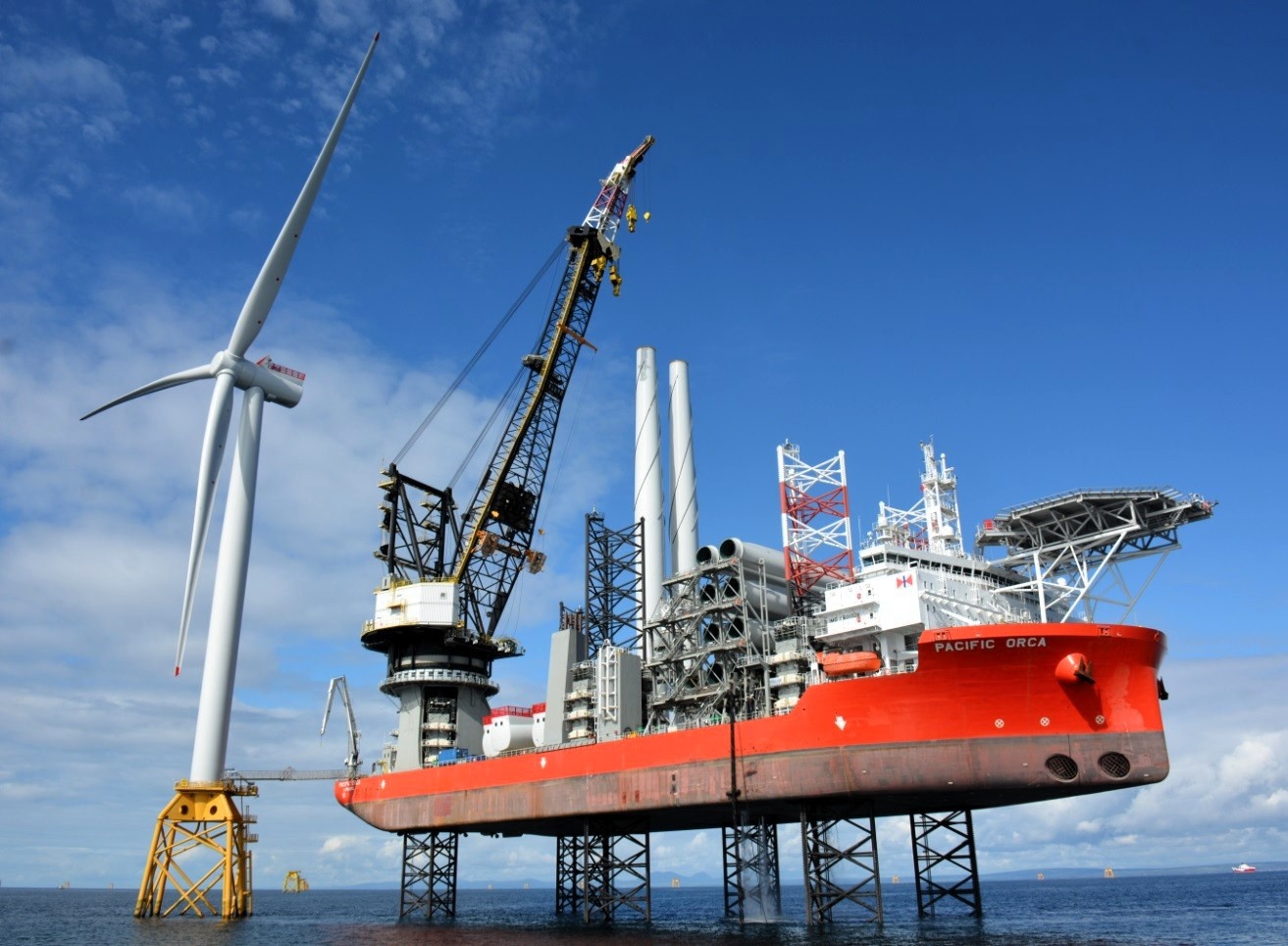
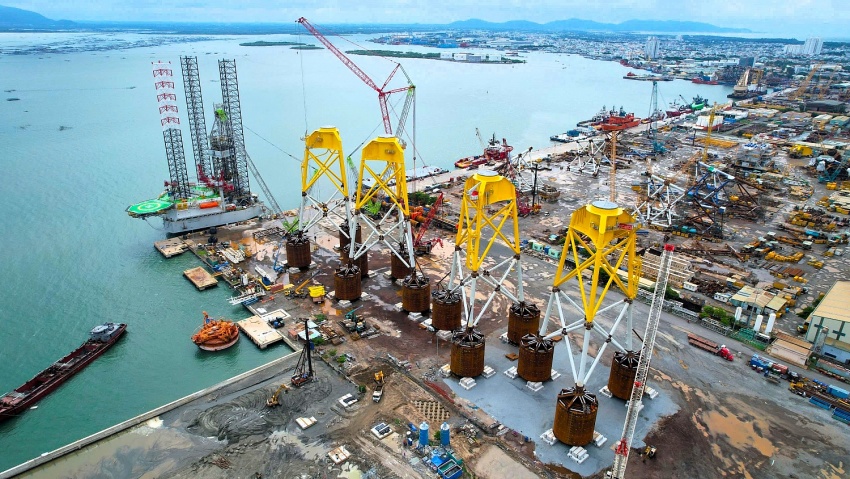
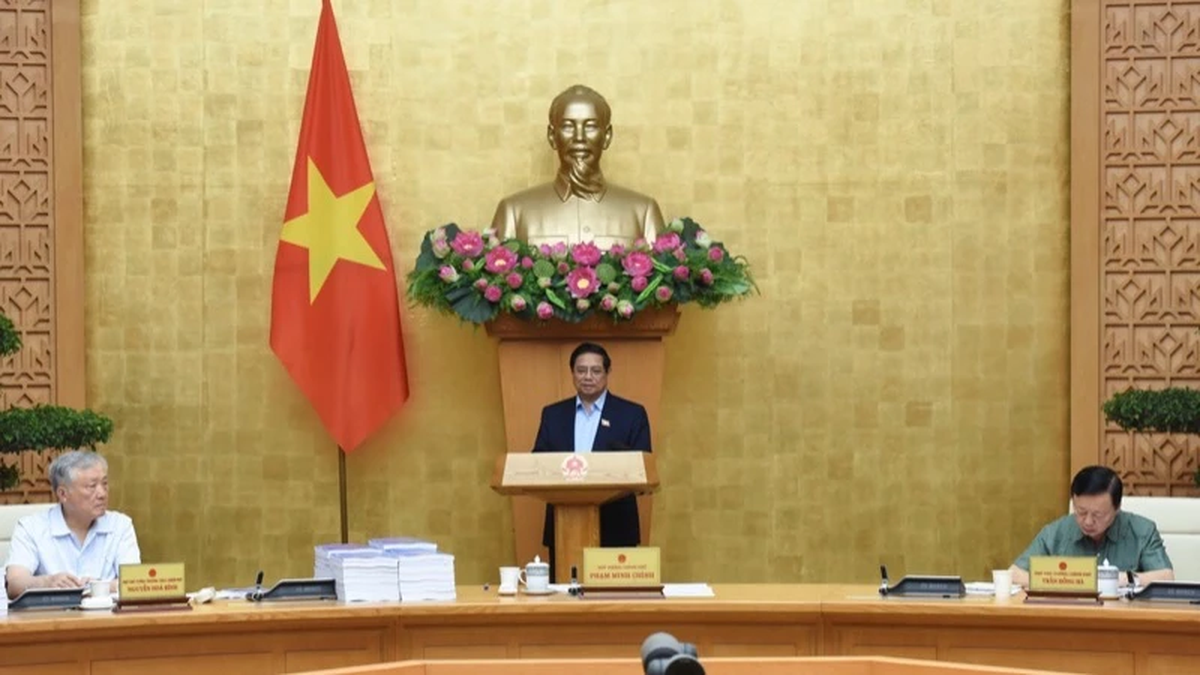


![[Photo] Magical moment of double five-colored clouds on Ba Den mountain on the day of the Buddha's relic procession](https://vphoto.vietnam.vn/thumb/1200x675/vietnam/resource/IMAGE/2025/5/9/7a710556965c413397f9e38ac9708d2f)
![[Photo] Prime Minister Pham Minh Chinh chairs a special Government meeting on the arrangement of administrative units at all levels.](https://vphoto.vietnam.vn/thumb/1200x675/vietnam/resource/IMAGE/2025/5/9/6a22e6a997424870abfb39817bb9bb6c)
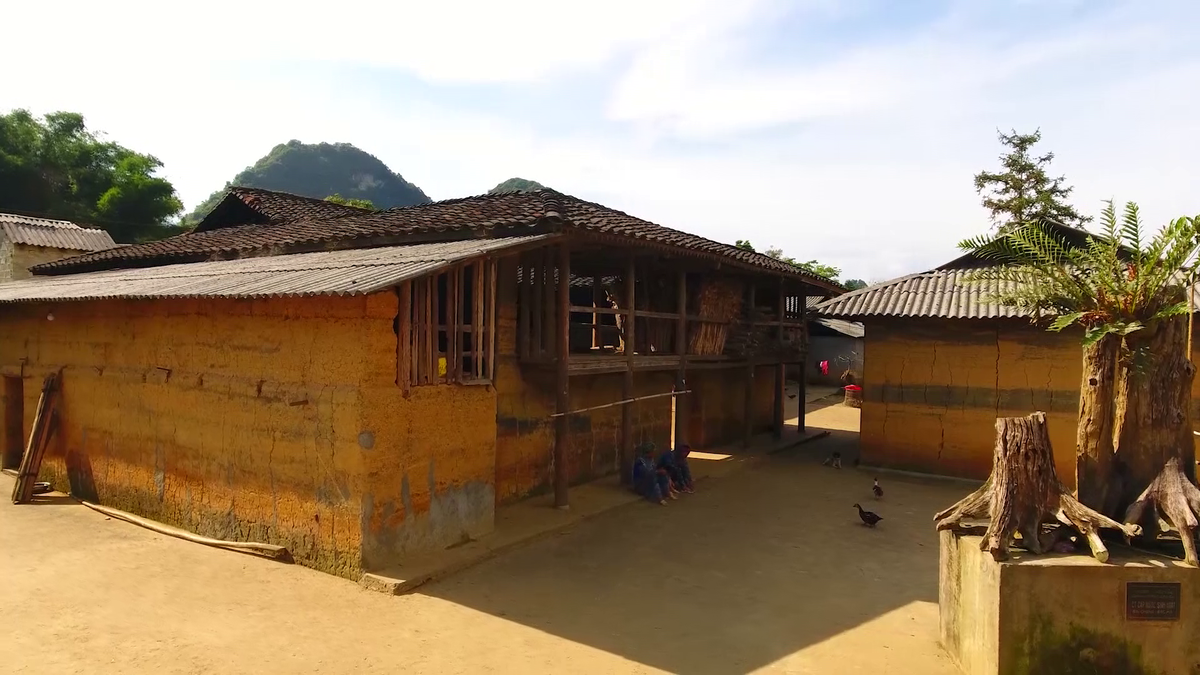

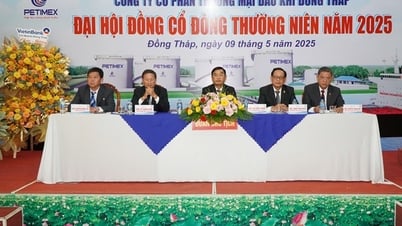

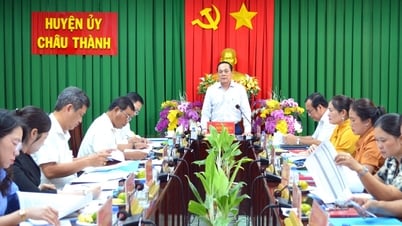

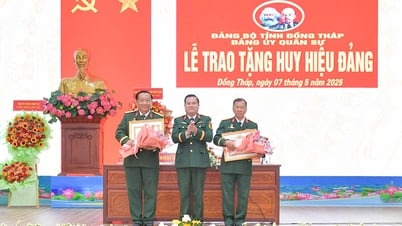




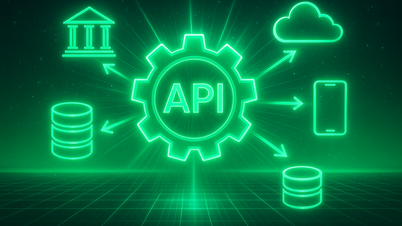

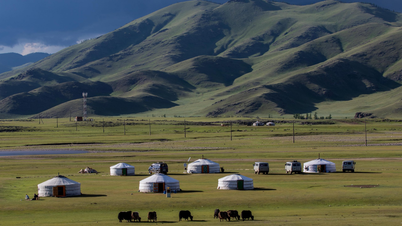

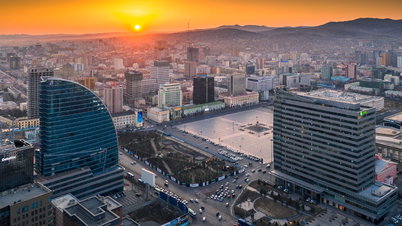

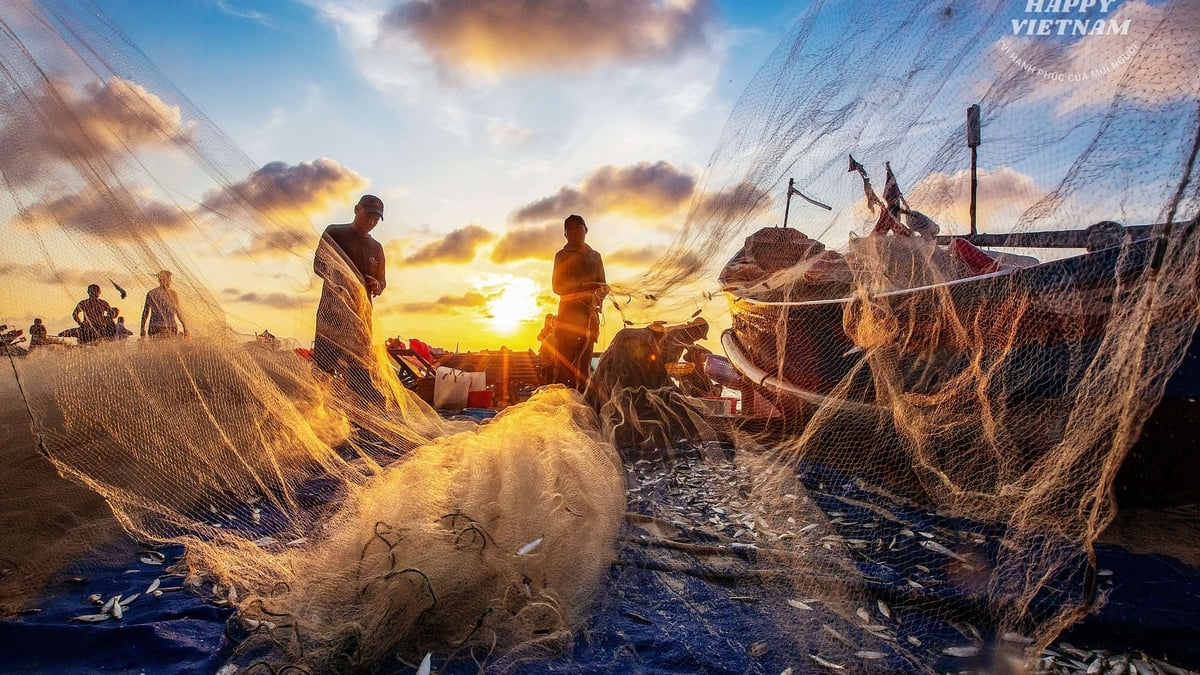









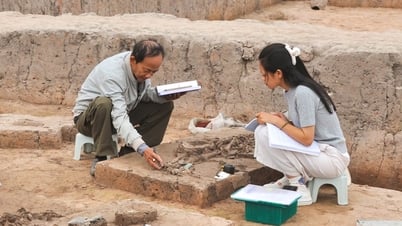






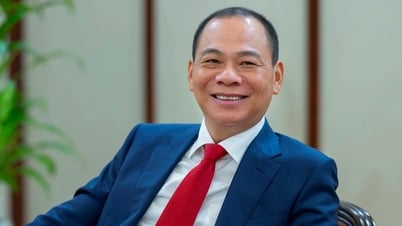
















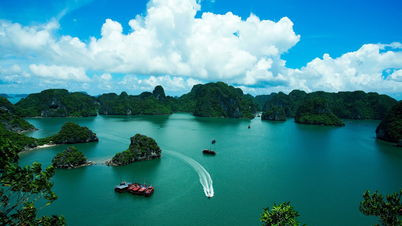

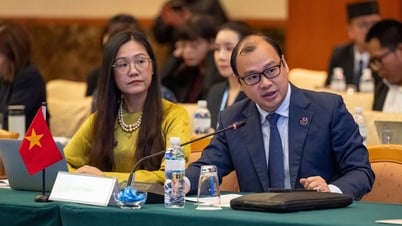

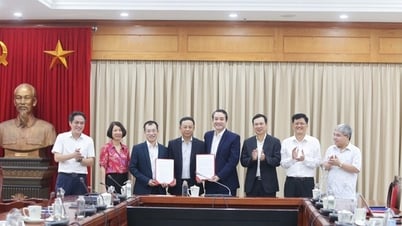

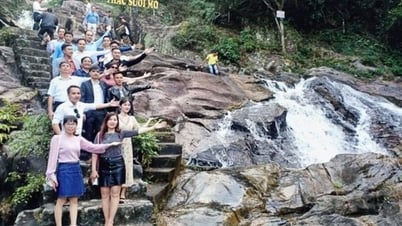

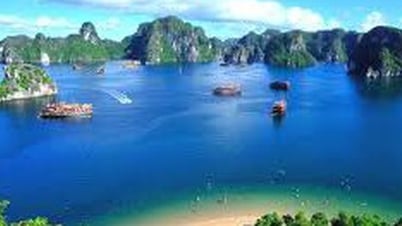





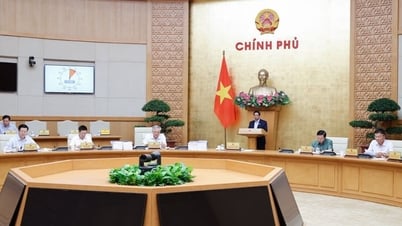

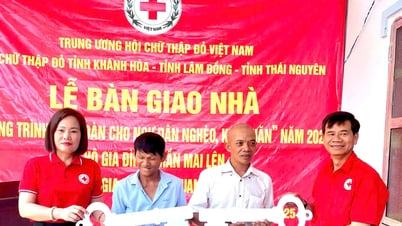



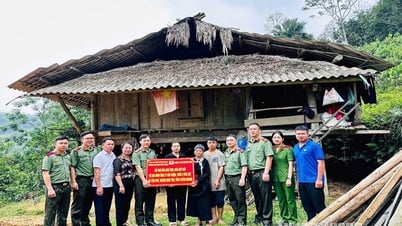

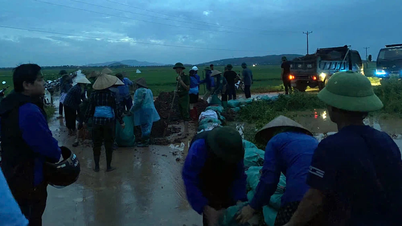












Comment (0)